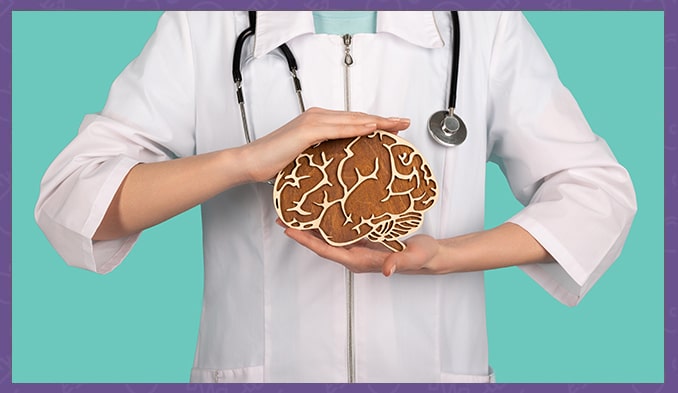West syndrome is a combination of symptoms characterized by epileptic/infantile spasms with abnormal brain wave patterns called hypsarrhythmia. The spasms that occur can range from strong movements where the body bends in half, or can be as slight as a shoulder twitch or eye changes. These cramps usually begin in the first months after birth. It is named after Dr. William West, who first described the condition in his 4-month-old son in 1841. The syndrome occurs in about one in 2,500 to 3,000 children.
A specific cause of West syndrome can be identified in approximately 70-75% of those affected. Any disorder that can lead to brain damage can be a major cause of West syndrome, including trauma, brain malformations such as hemimegaloencephaly or cortical dysplasia, infections, chromosomal abnormalities such as Down syndrome, neurocutaneous disorders such as tuberous sclerosis complex (TSC), Sturge Weber syndrome, and others.
The most common disease responsible for West syndrome is tuberous sclerosis complex - TSC.
Tuberous sclerosis complex is an autosomal dominant, genetic condition associated with seizures, eye, heart and kidney tumors and skin findings. Dominant genetic disorders occur when it only takes one copy of a non-functioning gene to cause the disease. The malfunctioning gene can be inherited from either parent or can be the result of a mutated - altered gene in the affected individual. The risk of passing the non-functioning gene from an affected parent to offspring is 50% for each pregnancy. The risk is the same for males and females.
Symptoms
In 9 out of 10 children with the disorder, infantile spasms occur in the first year of life, usually between 3 and 8 months of age. Initially, parents may be told it is due to colic because of the pattern of the seizures and the crying the child lets out during or after a seizure. The typical movement in a spasm is sudden flexion - bending the body, arms and legs outwards in a specific way. Many parents describe the child's behavior as if they "can't see." Babies who have infantile spasms may be fussy and stop feeding. Their routines may also change - sleeping during the day and being more active at night.
Babies with West syndrome have an abnormal electroencephalogram - EEG, with high amplitude and chaotic peak waves - hypsarrhythmia. Most children may have regression of psychomotor development.
Diagnosis
The diagnosis is made by a detailed narrative or history of the seizures. It is necessary for parents to make a video, which is very helpful on clarifying the diagnosis. This is because there are a number of non-epileptic conditions (as well as colic) that occur in infancy and can be confused with infantile spasms. It is necessary to do an EEG - both awake, and asleep.
- Electroencephalography (EEG):
It is a painless and non-invasive means of recording the brain's electrical activity patterns. Electrodes are placed on the scalp that capture and record the electrical waves. However, there are times when a patient may have epileptic spasms and no pattern of hypsarrhythmia due to a delay between clinical symptoms and the EEG pattern. In addition, there are several diseases that can mimic epileptic spasms and a long-term video EEG can confirm the diagnosis of epileptic spasms. Therefore, long-term video EEG monitoring is preferable to routine 20-minute EEG examination in cases of epileptic spasms.
- Computed tomography (CT).
- Magnetic resonance imaging (MRI).
Treatment
In some children, it is possible that treatment with anticonvulsant drugs can help reduce or control the different types of seizures associated with West syndrome. The benefits of medication must be weighed against the risks of side effects. It is important to clarify the relationship between early detection and initiating proper treatment. The earlier the diagnosis is made, the more likely there is to manage the condition so that the child can have a normal lifestyle. Treatment requires coordination between neurologists and pediatricians.








